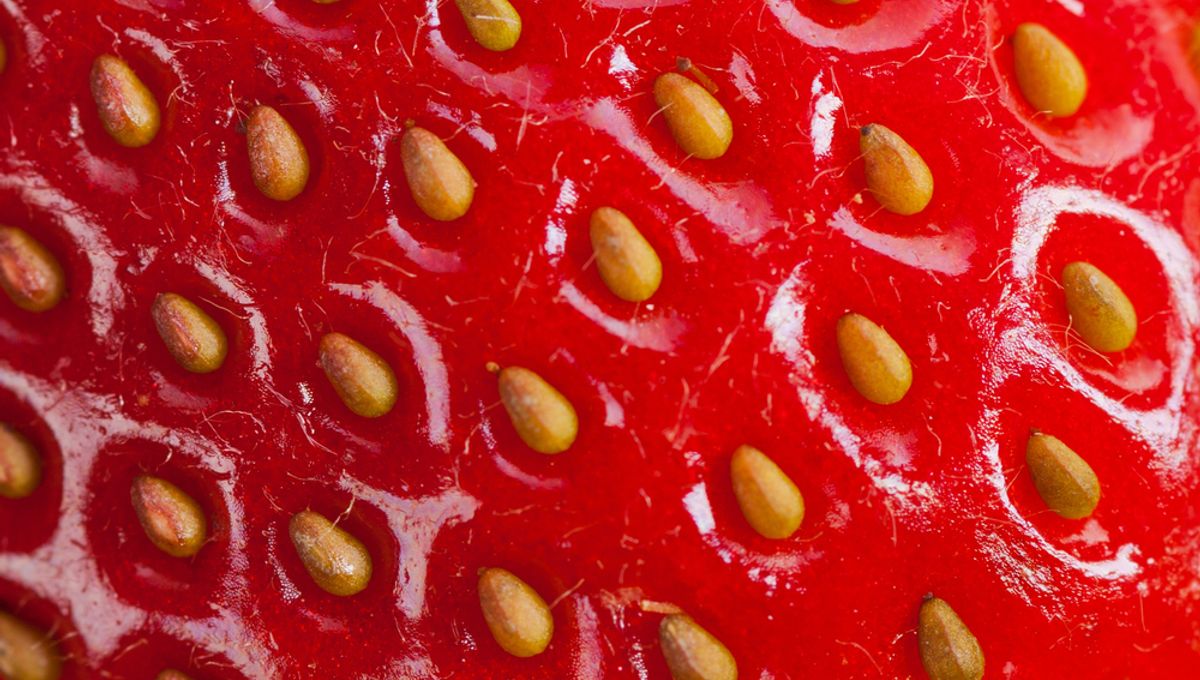Did you know that fresh cilantro is not only edible but also a popular ingredient? Its fragrant flavor is refreshing, tart, and slightly citrusy, making it a favorite among many. However, for a small percentage of people in the US (between 4 and 14 percent), cilantro tastes like soap.
Interestingly, the dislike for cilantro is not evenly spread across the globe. Regions like South Asia, Latin America, and the Middle East, where cilantro is commonly used in dishes, have a smaller percentage (between 4 and 7 percent) of people who hate the herb compared to regions where it is less frequently used, where the percentage can exceed 20 percent.
Curious about this polarizing herb, researchers conducted a genome-wide study involving over 26,000 people. They discovered a genetic component behind the love-hate relationship with cilantro. Among those who disliked cilantro, a specific genetic variation called a single-nucleotide polymorphism (SNP) was significantly associated.
Think of it like a universal recipe for humans, where a single cilantro leaf is swapped for a chili pepper in some recipes. The change may be small, but it has a noticeable effect. These genetic variations can influence our appearance, susceptibility to illness, and even our taste preferences.
The study authors concluded that a cluster of olfactory receptor genes, possibly including OR6A2, may be responsible for detecting a soapy smell from cilantro in European populations. This variation in olfactory receptors causes some people to detect the aldehydes present in cilantro, turning a delicious dish into something that tastes like dish soap.
Fortunately, this genetic variation is rarer than the one that allows others to enjoy cilantro’s flavor. However, for those who have it, it can be quite a surprising and unpleasant experience.
So, next time you’re in the kitchen, pondering the mysteries of taste preferences, you might also wonder: can people with a nut allergy safely consume nutmeg?








